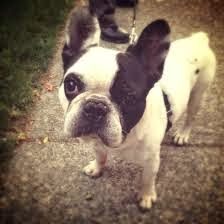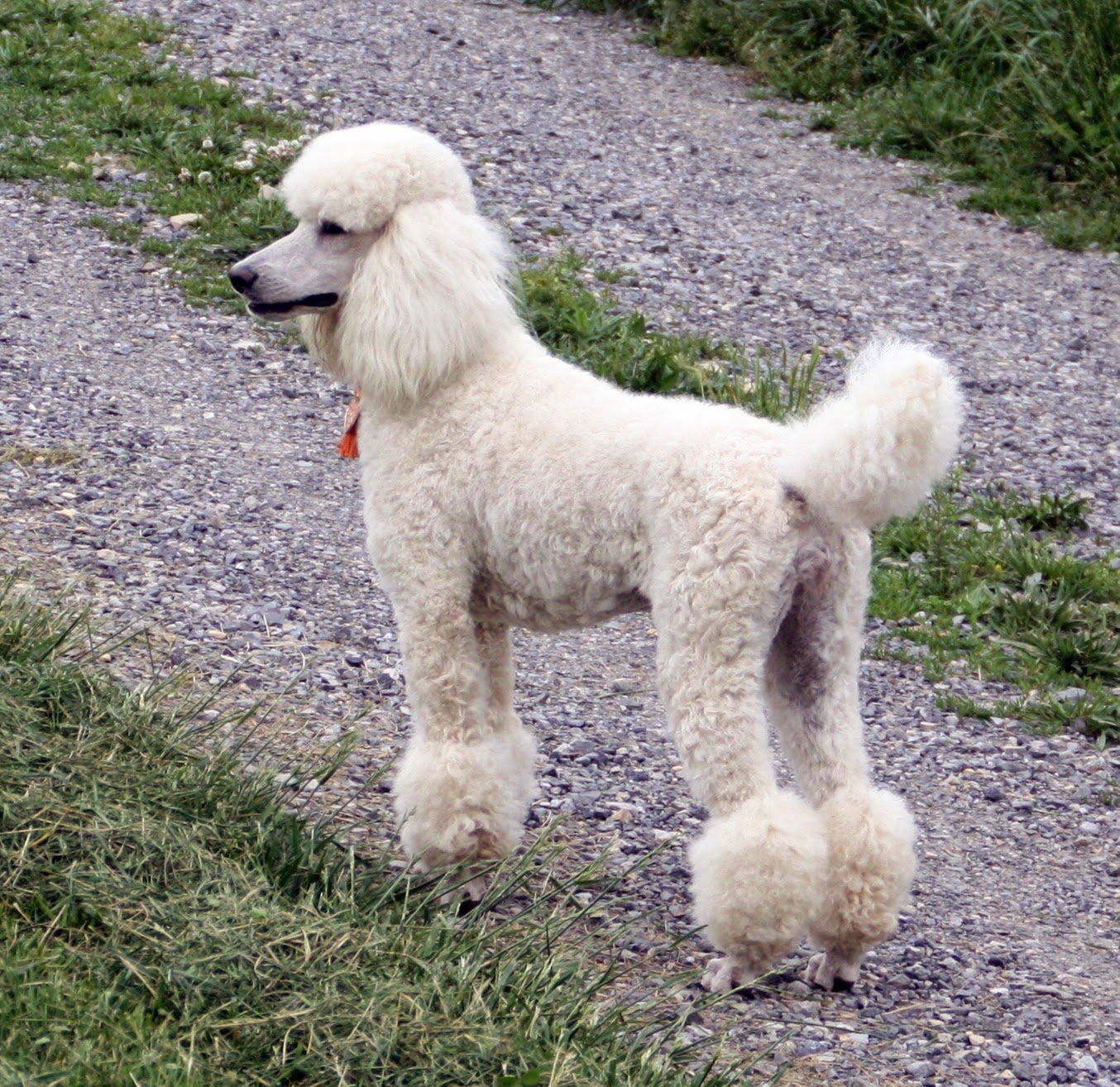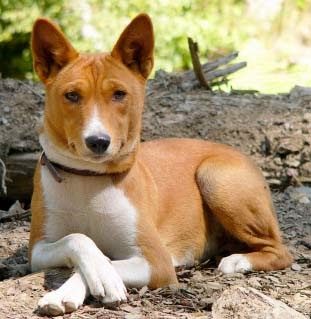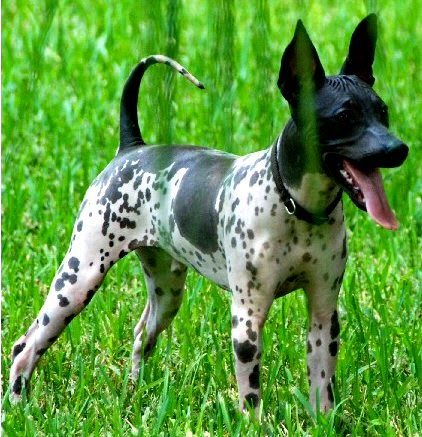Hypoallergenic dog breeds
You wouldn’t disown a family member over allergies, but many families forego their puppy parenting dreams to keep the family allergy free. Not all dog breeds trigger watery eyes and sneezes, however: Some shed less, have less dander or don’t have any fur at all!
In truth, no dog is completely hypoallergenic. All dogs produce dander (microscopic skin flakes that can be inhaled and potentially irritate the nose and eyes or cause sneezing) and of course saliva. Dander and saliva are the main causes of allergic reactions in some people. However, because the breeds in this list are low shedding it’s thought they may also produce less dander and are better for people with allergies to dander. If you have allergies you should spend some time around the breed you are considering, before you buy, to see if the breed causes you to have an allergic reaction.
The myth
Though some studies suggest the possible existence of hypoallergenic dog breeds, there is too much variability to conclude that such a breed exists. According to researchers, claims about the existence of hypoallergenic dog breeds may have been fueled by unsubstantiated articles on the internet.
The significant allergens are proteins found in the dog’s saliva and dander. Some studies have suggested that the production of the allergen, and therefore human allergenic reaction, varies by breed, yet more recent scientific findings indicate that there are no significant differences between breeds in the generation of these allergens.One study found hypoallergenic breeds to have significantly more allergen in their coats than non-hypoallergenic breeds although there was no differences in the allergen levels in the air or on the floor.
Effect of size
Size may be a factor in determining hypoallergenicity. It is possible that the total body surface area of the dog is more indicative of reduced production of allergens than its breed.
Smaller dogs will also leave fewer environmental pollutants containing dog dander and dog allergens (reduced fecal matter, urine and saliva). Small hairless dogs may be less likely to cause allergic reactions “because it’s so easy to bathe them and the dander falls off them.” Dogs may leave behind urine, saliva and fecal matter as allergen sources. Dogs with access to the outdoors may introduce outdoor allergens such as mold and pollen with larger animals tracking in more of these allergens. It is well established that most individuals with dog allergy also suffer with additional environmental allergies. Individuals with dog allergy may also be at increased risk for human protein hypersensitivity with cross-reactivity of dog dander allergen and human seminal fluid.
Dog Breeds for People with Allergies
These “hypoallergenic” dog breeds are popular among people allergic to dogs because they tend to shed less, and thus, disperse less dander. As important as these characteristics are for allergy sufferers, it’s equally important though to make informed choices by keeping into consideration other traits such as the breed’s personality and energy levels.
1.Bichon Frise
As long as this pampered pooch is well groomed, he will shower his dog owners with love and affection rather than dander. The secret resides in this breed’s double coat: the top coat gives the bichon its signature powder-puff look, while the undercoat traps dead hairs preventing them from falling to the floor. This often means less sneezing and less sweeping, but it also means more grooming as the coat needs to be groomed to prevent the dead hair from getting tangled within the undercoat creating mats.
2. Schnauzer
These shed-less pups are great for the owner who loves to be the center of attention — or the kid who loves playing “Follow the Leader.” The schnauzer loves his owners so much that he won’t let them out of his sight, so expect to have a buddy by your side at all times. He does need a firm hand, though, to balance his stubborn, energetic and protective temper. Schnauzers come in three sizes: Standard, giant and miniature.
3 .Yorkshire Terrier
What makes this breed a favorite among allergy sufferers? The fact that it grows hair, not fur. Hair has a longer growth cycle in this breed which means that it is shed less frequently. The drawback though is that these cute fellows require constant grooming to prevent their hair from becoming a matted mass. Having a groomer shave them in a “puppy cut” can provide a temporary low-maintenance solution.
4. Bedlington Terrier
Although at first glance, he looks more like a lamb than a dog, the Bedlington terrier could be the perfect canine addition to a laid-back family. These do not shed and are very mild-mannered.
5. Shih Tzu
Dog lovers with allergies shouldn’t be fooled by this breed’s long, silky locks; in reality, the shih tzu sheds very little. When it comes to coat care, dog owners have two different options: keeping the coat short into a cute “puppy” cut or keeping it naturally long. Keeping it long though comes at a price: the coat requires daily maintenance and frequent brushing.
6. Poodle
For a good reason, many allergy sufferers cherish the poodle. This breed is blessed with a non-shedding coat. In this case, dog owners need to thank this breed’s tight, curly locks that shed very little and retain dander rather than dispersing it in the air and on the floor. The bad news is that since the dead hair doesn’t make it to the ground, it remains trapped within the curls causing a need for frequent grooming to prevent matting.
7. Italian Greyhound
Perfecto! This little Italian has a thin coat, so he barely sheds, and it’s easy to keep him clean of allergens. The breed is very playful and loyal, and does not need a big yard. They’re extremely sensitive to cold, though, so this isn’t a good breed for a family living in a chilly climate.
8. Portuguese Water Dog
For a good reason the Portuguese water dog made its way to the White House. After extensive research the Obamas had to find a breed that wouldn’t trigger Malia’s allergies. Like the poodle, this pooch has a low shedding rate because of his “curly hair-do, which prevents dander from collecting on the floor, clothes, upholstery and furniture.
9. Chinese Crested
Going bald at times is the best way to prevent hair problems. This breed comes in two varieties: the hairless, which is virtually hairless unless you count the tufts of hair found on its head, feet and tail, and the Powder-puff, which has a complete coat with soft hair. While Chinese crested obviously shed less and have less dander, as with other “hypoallergenic” dog breeds, there will be allergy sufferers doing fine with this breed, and others having problems.
10. Basenji
No, not Benji from the movies, but even better. These pups don’t shed or bark, they have very little dander and they’re darling, so they’re a great choice. They do sometimes make an odd yodelling noise, and they can be hard to train, like most hounds). But this stubborn demeanor comes packed with a lot of lovable personality.
11. Samoyed
The Samoyed is a sneezing owner’s dream come true. This breed does shed, but you’ll find no doggie odor or dander, making these dogs the perfect option for people with allergies. They’re known for being laid back, gentle and “smiley,” so they’re great around kids.
12. Airedale Terrier
Also known as the “king of terriers” because it’s one of the largest specimens within the terrier category, the Airedale has also the potential to be allergy friendly. Like several other breeds, the wiry coat in this breed reduces the amount of shedding which minimizes the release of dander. The coat though needs careful grooming because the hard, wiry hair doesn’t make room for the undercoat to grow through. There are two ways to solve the problem: pulling out the top coat though a method known as ”stripping,” or opting for twice-a-year clippings.
13. American Hairless Terrier
This breed seems to have been purposely created with allergy sufferers in mind. It all started in 1972 when among a litter of rat terriers, a hairless puppy was born. The owners liked this puppy so much that once mature, they decided to breed her in hopes of passing down the hairless trait. They were lucky and the breed was recognized in 1998 by the American Rare Breeds Association. According to Woman’s Day, allergy sufferers who had reactions to dogs known for being allergy friendly did just fine with the American hairless terrier.
14. Maltese
At a first glance, this breed may not look like a dog recommended for allergy sufferers. It has a long, silky coat that may make an allergic person’s nose tickle just at the mere sight. However, as mentioned, it’s not the length of a dog’s coat to make allergy sufferers people sneeze. The Maltese breed sheds very little, and because this breed requires loads of grooming, the number of allergens is often kept to a bare minimum.
15. Bouvier des Flanders
The Bouvier des Flandres is a powerfully built, compact, short-coupled, rough-coated dog of notably rugged appearance. He gives the impression of great strength without any sign of heaviness or clumsiness in his overall makeup. He is agile, spirited and bold, yet his serene, well behaved disposition denotes his steady, resolute and fearless character. His gaze is alert and brilliant, depicting his intelligence, vigor and daring. By nature he is an equable dog. His origin is that of a cattle herder and general farmer’s helper, including cart pulling.
Expert recommendations
Researchers have shown that frequently bathing dogs reduces the amount of allergen related protein on the fur or hair of the dog and the amount of airborne allergen. Bathing a dog at least twice a week will minimize or even eliminate the reaction of an allergic person to a dog.
Frequent cleaning and vacuuming of the home, using air filters, restricting the dog to certain rooms, and adopting a small dog that can easily be given frequent baths are all recommended by the Humane Society of the United States to control allergens. Scientific research has repeatedly shown that good cleaning practices in the home remove allergens from the environment.
Many allergists suggest that a dog not be introduced to the environment of a dog allergic individual. While “allergy shots” can reduce many individuals’ dog-allergic reactions, the most common approach remains avoidance.
There have been recent studies suggesting early introduction of pets to home may reduce the likelihood of developing sensitization. There are reports of individuals who will become less sensitive with continued exposure to a pet in the environment. But allergists warn that pet owners cannot rely on a breed being non-allergenic just because a particular allergic pet owner can tolerate a specific dog of that breed.
The Bottom Line
Too many dogs are abandoned each year because of allergies. It is estimated that about 14 percent of dogs are relinquished because of allergies. This could have been avoided by conducting more research prior to adopting the pet and taking steps to better manage the allergies.

















